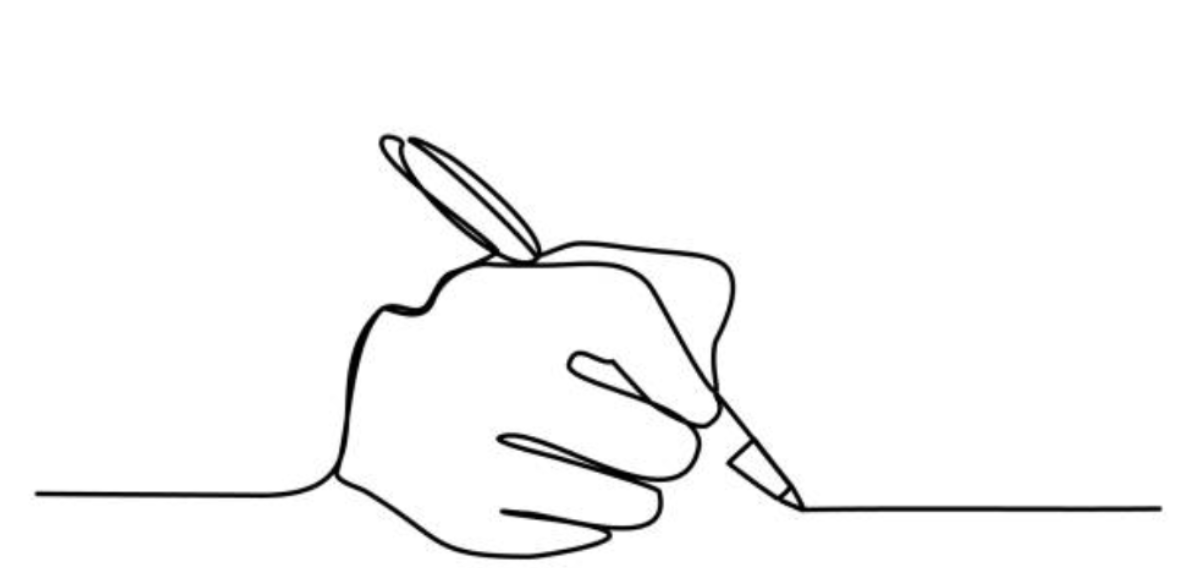KIS Summary:
- Explains what critical analysis is so you know what is being asked of you.
- Provides useful tips on how to craft a critical response, and a sample structure that yuo can use to write your response.
⭐️ Why Parents & Students Love KIS Tutoring
You’ve flipped the exam page to the essay question: you’re asked to critically analyse your prescribed text. What on earth does this mean?
While a critical analysis can seem like an intimidating form of writing, once you understand what is required and how to put it all together, you should be able to nail it! We will explore those two things, including the key considerations when asked to critically analyse and how you might structure a critical analysis essay response.
Table of Content:
What is Critical Analysis?
A critical analysis involves the combination of three key skills:
- Critical reading
- Critical thinking; and
- Critical writing
As Browne and Keeley described, critical analysis involves deconstructing what you read, write, and listen to in a rational and logical manner (2012). We can start by asking what is required of a traditional ‘analysis’. NESA’s trusty glossary of key words sheds some light on this:
Analyse: Identify components and the relationship between them; draw out and relate implications.
This is definitely a good start, but it seems the ‘critical’ component would demand something more. If we think about what the word ‘critical’ means, we can implicate the requirement to criticise or offer our own critique. In this sense, you can think of a critical analysis as a form of evaluation. Once again if we look to NESA’ definition:
Evaluate: Make a judgement based on criteria; determine the value of.’
NESA puts the cherry on top and provides us with the following definition:
Critically (analyse/evaluate): Add a degree or level of accuracy depth, knowledge and understanding, logic, questioning, reflection and quality to (analyse/evaluate)
From this, it is clear that a critical analysis demands higher order thinking; it goes beyond a mere description and requires a deeper, nuanced, and personal understanding. Traditionally, it will involve evaluating or analysing someone else’s work.
This means that you will have to offer your own reading or interpretation. As I identified earlier, the critical nature of the response implies a critique, and your response must be supported by primary evidence (and often extended reading that considers the critiques of others).

How to Critically Analyse a Text?
Critical reading is paramount to ensure you can form your own deep understanding of the subject. Read carefully and consider how the author uses certain techniques to convey their ideas/ perspective.
When you are reading and examining your text/ body of work, consider the following:
- What are the key concepts and ideas that the author raises or implies?
- What are the implications of these ideas?
- How does the comparison of issues and perspectives challenge your understanding?
- Does the author make assumptions or generalisations? How is this related to context?
- How do your own biases or context influence what you see, read, hear and think?
- How can you link different subjects to synthesise your own informed ideas and form a unique perspective?
- Identify the author’s thesis, purpose, rhetorical devices and how their context affects biases and assumptions. When noting these things, you should have the following in mind:
Make notes as you go and consider extending your reading to other critical perspectives to inform your own opinion.
How to Put it All Together?
You will often be required to present your critical analysis in the form of an essay. This is where you have to consider your view. The purpose here is to provide an analysis of someone else’s work, not a recount of what they said, but rather what you make of it.
It is important that you present your critical analysis in a clear, concise, and logical manner. Unless you are advised otherwise, you should write in third-person and adopt a more formal tone. This way, the reader believes your work is fact, rather than simply your opinion.
Start by making an essay outline or plan, considering what your thesis and argument will be. The following framework should help:
Introduction
Summarise the author’s purpose/ aim, main ideas and how this is conveyed through certain techniques (style, language, form etc).
Map out your structure and arguments to support your own thesis.
Body
The body of your essay consists of paragraphs, each a building block in the construction of your argument. Your body paragraphs should answer the question, and provide added detail and related evidence to prove your point.
Use specific topic sentences that argue your thesis, and provide evidence to support your point. The evidence should form the bulk of your critical analysis.
I strongly recommend that you put together a bank of active analysis verbs that will bolster your analysis to ensure you are not just describing a text or recounting the plot. Here are a few to get you started: strengthen, assert, elicit, characterise, imply, validate, underline, allude, emphasise.
Always remember link that evidence back to your point, your thesis and finally the question!
Conclusion
You’ve said a lot, and now is your opportunity to bring it all together. Be clear and concise. Your conclusion should not just be a repeat of the introduction. You should also avoid introducing new content, ideas or evidence. You can, however, make your essay more thought-provoking by offering some food for thought for the reader (of course, related to what you have already said).
Final Thoughts
Hopefully these tips prove useful, but if you still require additional support, a tutor is a great support! Book a free 30-minute study skills consultation with a KIS Academics tutor today:
For more study tips or advice, check out these KIS Academics articles:



FAQs
What are the key elements of a critical essay?
The key elements include:
- A clear thesis statement
- Logical organization
- Strong topic sentences for each paragraph
- Well-integrated evidence from the source
- Concise conclusion
What are the 4 Strategies in Critical Writing?
The main strategies are analysis, synthesis, evaluation, and persuasion. Analysis involves breaking down a topic into parts, while synthesis combines opinions and evidence. Evaluation establishes criteria and applies it to assess how well parts meet the criteria. Persuasion aims to change the opinion of the reader.
How do I improve my Critical Writing Skills?
Practice! You don't even have to write full essays, you can just write an essay plan, and get feedback on it. Here is a guide on how to best make use of english practice essays.
What Literary devices are there?
Literary devices are tools that authors use to enhance their writing, evoke certain emotions in readers, convey certain messages, amongst many other aims. Being able to identify them can help improve your critical analysis of the author's writing. Find out more here.
Want more personalized study guidance to help drastically improve your marks? A private tutor from KIS Academics can make the biggest difference!






